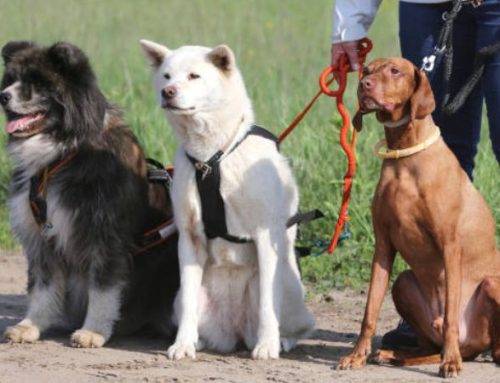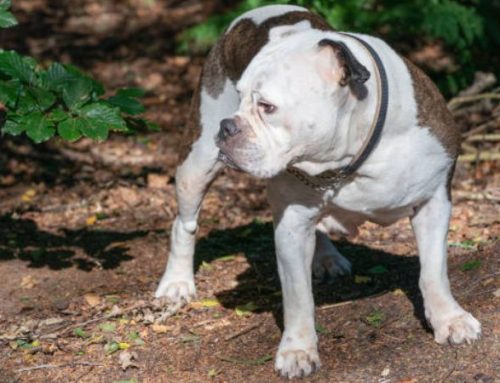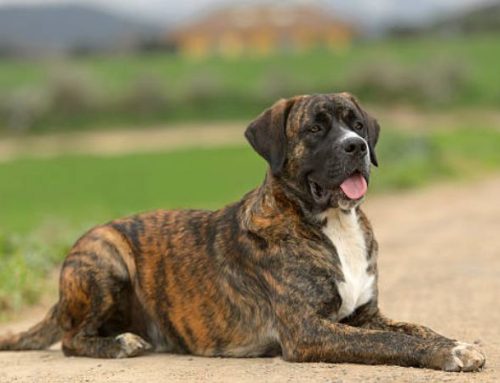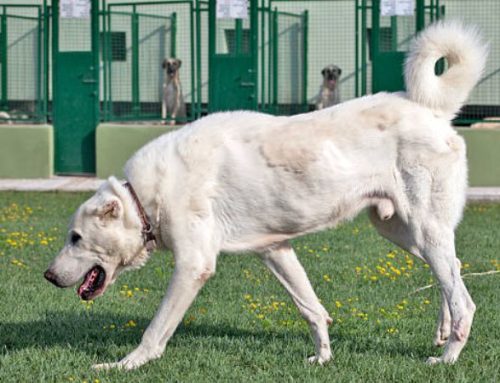Picture a cat lounging in a sunny window, its fur catching the light. Chances are, you’re imagining stripes—or maybe swirls or spots. That’s the charm of a tabby! “Tabby” isn’t a breed; it’s a coat pattern that appears in countless cats, from pedigreed breeds to beloved mixed-breed companions.
One of its most iconic features is the curious “M” marking on the forehead, a signature that makes tabbies instantly recognizable. Dive in to explore the fascinating world of tabby cats: their patterns, colors, and how to care for these classic companions.
What is a Tabby Cat?
A tabby cat is not a breed but a term that describes a specific coat pattern found in domestic cats. What makes a tabby instantly recognizable is the distinctive “M” marking on the forehead, often accompanied by stripes, swirls, spots, or flecks across the body, including the cheeks, neck, shoulders, sides, legs, and tail. These patterns can vary widely, giving rise to several recognized types: mackerel (striped), classic (blotched), ticked, and spotted. Each pattern is governed by genetics, with the dominant agouti gene determining whether the tabby markings appear.
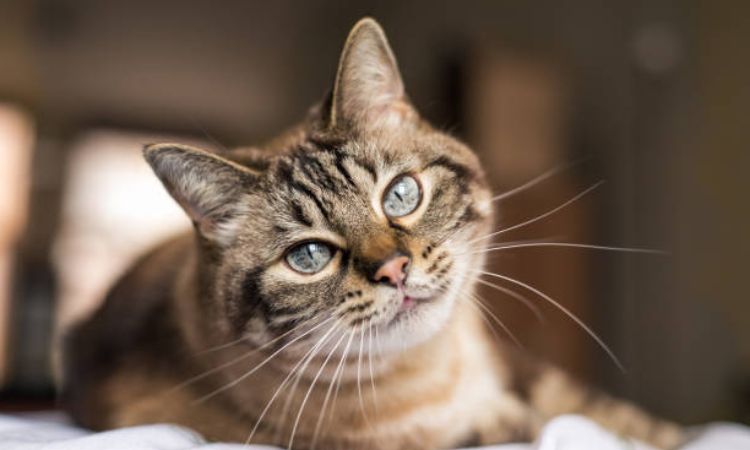
The tabby pattern has a long historical lineage, tracing back to the domestic cat’s wild ancestors—the African wildcat, European wildcat, and Asiatic wildcat—all of which displayed similar markings. These natural patterns allowed cats to blend into their environments, a survival trait that has been carried through generations of domestic cats.
The term “tabby” itself has an interesting history: originally used to describe striped silk fabrics from the Attabiya district of Baghdad, it was later applied to cats with striped coats in 17th-century England, eventually becoming the standard descriptor for this iconic pattern. While tabby cats can appear in almost any coat color, the hallmark “M” on the forehead remains the defining feature that identifies them.
The Four Main Tabby Cat Patterns
1. Mackerel Tabby
The mackerel tabby is the most common tabby pattern. Its hallmark feature is narrow, vertical stripes running down the sides of the body, often described as resembling a fish skeleton—hence the nickname “fishbone tabby.” These stripes may be continuous or broken into bars and spots, especially along the flanks and stomach. The “M” marking on the forehead and dark lines extending from the eyes and across the cheeks are classic identifiers of this pattern. Mackerel tabbies appear in many coat colors and are the most frequently seen tabby in both mixed-breed and purebred cats.
2. Classic (Blotched) Tabby
Also called the blotched tabby, the classic tabby has broad, swirling patterns across its sides, often forming a striking “bull’s-eye” shape. This pattern is less common than the mackerel but highly distinctive. The forehead “M” marking remains, and additional features include a light-colored “butterfly” pattern across the shoulders and thick stripes along the legs, tail, and cheeks. The classic tabby pattern results from a recessive gene, and many breeds, such as the American Shorthair, often display this eye-catching design.
3. Spotted Tabby
The spotted tabby appears as distinct spots scattered across the body, which are thought to result from a modifier gene breaking up the mackerel stripes. Spots can vary in size and shape, from small, uniform dots to larger, irregular markings. The facial markings and the “M” on the forehead remain, as do stripes along the legs and tail. Spotted tabbies are found in several breeds, including the Bengal, Egyptian Mau, Ocicat, and Savannah, as well as in mixed-breed cats.
4. Ticked Tabby
Also referred to as the Abyssinian tabby, the ticked tabby lacks stripes or spots on the body, giving the coat a smooth, salt-and-pepper appearance. Each hair has bands of color known as agouti hairs, and faint “ghost stripes” may be visible on the legs, tail, and occasionally the face. The “M” marking on the forehead is still present, though overall patterning is subtle. Ticked tabbies are rarer and prized for their elegant, uniform look, which showcases the natural beauty of the individual hairs rather than bold patterns.

Common Tabby Cat Colors
Tabby cats aren’t just about their patterns—they come in a wide variety of colors, each adding its own charm to the classic stripes, swirls, or spots. Here are some of the most frequently seen tabby colors:
- Brown Tabby: The quintessential tabby color. Brown tabbies have warm, earthy tones—ranging from tawny and beige to caramel—highlighted by darker stripes or swirls. Ears, paws, and tails often carry deeper shades, creating a rich, natural look.
- Red/Orange Tabby: All orange cats are genetically tabbies, with the classic patterns appearing in shades from soft ginger to vibrant auburn. The darker stripes add contrast and depth, making them playful and striking—Garfield is the famous poster cat for this color.
- Silver Tabby: Silver tabbies display a mix of gray shades with darker stripes or spots. The overall effect is cool and sleek, sometimes almost metallic, giving a refined elegance to the classic tabby markings.
- Cream Tabby: Cream tabbies are softer in hue, with pale beige or ivory bases accented by subtle stripes. They have a gentle, understated appearance while still retaining the classic tabby “M” on the forehead.
- Tortoiseshell Tabby (Torbie): Torbie cats combine the mottled patches of a tortoiseshell—black, brown, and orange—with visible tabby markings, usually on the face, legs, and tail. Each coat is uniquely patterned, offering a dynamic and colorful look.
- Calico Tabby (Caliby): Calibies blend the tri-color palette of a calico (white, black, and orange) with tabby stripes peeking through. The result is a striking, artistic mix of bold colors and patterns.
Tabby colors can appear in many breeds and mixed-breed cats, making each cat truly unique. Recognizing these common colors can help you describe and identify tabbies more accurately, whether you’re adopting, showing, or simply admiring these beautiful felines.
Tabby Cat Breeds
1. Maine Coon

The Maine Coon is one of the largest domestic cat breeds, often referred to as the “gentle giant” of the cat world. They are easily recognizable with their long, thick fur, bushy tails, and tufted ears. Maine Coons can display a variety of tabby patterns, but the classic and mackerel tabby patterns are particularly common. Their tabby markings accentuate their muscular build and impressive size, making them look majestic and striking.
Personality Traits: Friendly, sociable, adaptable, and great with families and other pets.
2. American Shorthair

The American Shorthair is a robust, medium-to-large cat breed widely admired for its classic tabby pattern. Their coats often feature bold swirls and stripes, giving a marbled or bullseye appearance, particularly on the sides. These cats have a strong, muscular build, which pairs perfectly with their hardy, easygoing nature.
Personality Traits: Adaptable, moderately active, affectionate, and sociable.
3. Bengal

Bengals are known for their exotic appearance, resembling miniature leopards. Their spotted tabby pattern is the hallmark of the breed, with striking rosettes or dots scattered across their sleek, muscular body. The pattern gives them a wild, energetic look, which mirrors their highly active and intelligent nature.
Personality Traits: Active, playful, curious, highly intelligent, and social.
4. Abyssinian

The Abyssinian is considered the quintessential example of a ticked tabby, where individual hairs show alternating light and dark bands instead of obvious stripes or spots. Their coat has a subtle, almost shimmering appearance, giving them a sophisticated look. The “M” on the forehead is still present, but the body pattern is minimalistic and elegant.
Personality Traits: Energetic, affectionate, loyal, and very playful, though not usually lap cats.
5. Persian
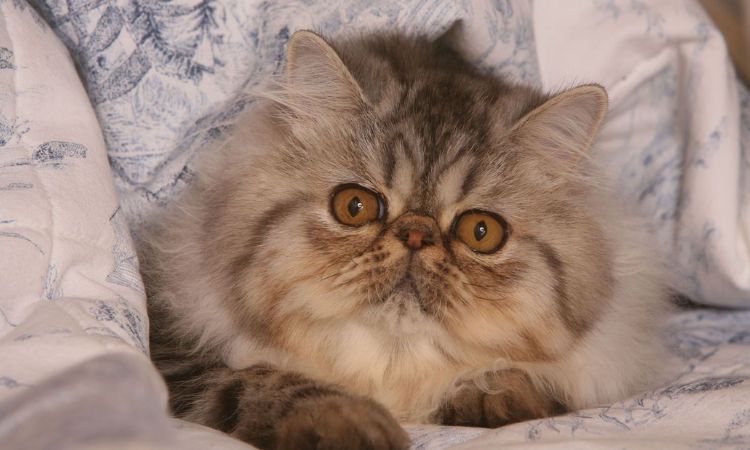
Persians are best known for their long, dense fur and flat faces, yet they can also display tabby patterns. Their tabby markings often appear as soft stripes or swirls beneath the thick coat, giving a more muted but still recognizable tabby appearance. These cats are elegant and calm, contrasting with some of the more active tabby breeds.
Personality Traits: Calm, gentle, affectionate, and ideal for quiet households.
6. Exotic Shorthair
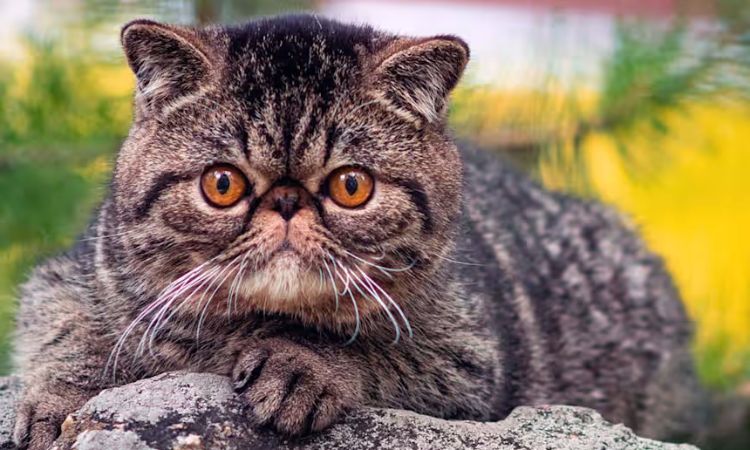
The Exotic Shorthair is essentially the short-haired version of the Persian, retaining the same round face, stocky body, and charming expression. Their tabby patterns are easily visible due to the shorter coat, and they can feature classic, mackerel, or patched tabby markings. This breed combines the elegance of the Persian with easier maintenance thanks to its shorter fur.
Personality Traits: Sweet, affectionate, calm, and sociable, making them excellent companions for families.
Tabby Cat Care Guide
1. Diet and Nutrition
A proper diet is crucial for energy, growth, and a healthy coat. All cats, including tabbies, are obligate carnivores, meaning their meals must be rich in high-quality animal protein. Key points:
- Protein sources: Chicken, turkey, beef, and lamb provide essential amino acids.
- Meal frequency: Adult tabbies typically eat once or twice daily, while kittens may require more frequent, smaller meals.
- Hydration: Always provide fresh water. Some cats prefer running water via cat fountains.
- Treats & kibble: Use in moderation. Choose premium, nutrient-balanced options to support overall health.
- Avoid harmful foods: Cow’s milk, chocolate, onions, garlic, and bones can cause digestive or toxic issues.
- Supplements: Only if recommended by a veterinarian, such as omega-3 for skin and coat health.
A balanced diet not only fuels your tabby’s active and playful lifestyle but also supports shiny fur, strong muscles, and healthy organs.
2. Grooming Needs
Tabby cats can have either short or long hair, which impacts grooming routines. Regular grooming promotes healthy skin, reduces shedding, and prevents matting.
- Short-haired tabbies:
- Brush once or twice a week with a soft-bristle or rubber brush.
- Helps remove loose hair and reduces hairballs.
- Long-haired tabbies (e.g., Maine Coon, Persian):
- Brush daily or at least several times per week to prevent tangles and mats.
- Use wide-toothed combs for thick undercoat and slicker brushes for surface fur.
- Nail trimming: Every two weeks using dedicated cat nail scissors; avoid cutting the “quick.”
- Bathing: Optional but helpful occasionally, especially for long-haired breeds to maintain coat shine.
- Eyes and ears: Clean gently if you notice discharge or dirt. Regular checks help prevent infections.
Grooming also strengthens the bond between you and your tabby while keeping them comfortable and healthy.
3. Health Considerations
Different tabby breeds may have breed-specific health concerns, though general feline care applies:
- Common issues:
- Maine Coons: Hip dysplasia, heart disease.
- Persians/Exotic Shorthairs: Respiratory issues due to flat faces.
- Bengals: Rare urinary tract problems.
- Routine veterinary care:
- Kittens: Vaccinations and deworming per vet schedule.
- Adults: Annual wellness exams and booster vaccinations.
- Spaying/neutering: Prevents unwanted litters and reduces certain health risks.
- Dental care: Brush teeth if possible or use dental treats to prevent tartar buildup.
- Weight management: Obesity can lead to diabetes, joint problems, and heart disease. Regular exercise and proper diet are essential.
Early detection of health problems is critical; monitor your tabby for changes in appetite, behavior, or coat condition.
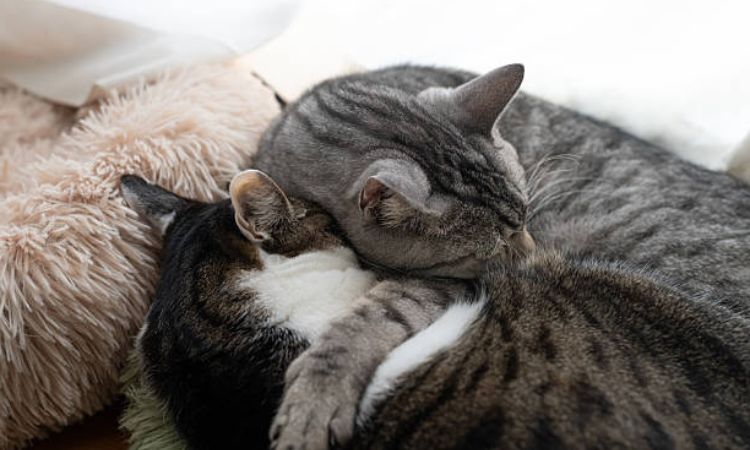
4. Exercise and Enrichment
Tabby cats are naturally curious and energetic, requiring daily mental and physical stimulation to stay happy and healthy.
- Interactive toys: Feather wands, laser pointers, puzzle feeders, and treat balls.
- Scratching posts and climbing structures: Help maintain claws and satisfy natural climbing instincts.
- Playtime: At least 30 minutes per day for indoor cats; longer sessions for highly active breeds like Bengals or Abyssinians.
- Environmental enrichment: Cardboard boxes, tunnels, and perches provide variety and reduce boredom.
- Outdoor options: Supervised play in a secure yard or using cat harnesses/leashes.
Exercise keeps your tabby fit, reduces destructive behaviors, and strengthens your bond. A mentally stimulated cat is generally less stressed and healthier overall.
Tabby cats are much more than their distinctive stripes, spots, and swirls. They appear in many breeds, each with its own personality and care needs. Providing the right diet, regular grooming, mental stimulation, and routine veterinary care will help your tabby stay healthy and happy. With their playful energy, affectionate nature, and striking patterns, tabby cats can bring years of joy to any home.


